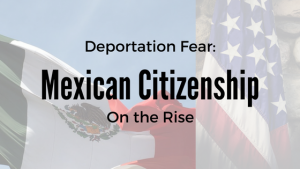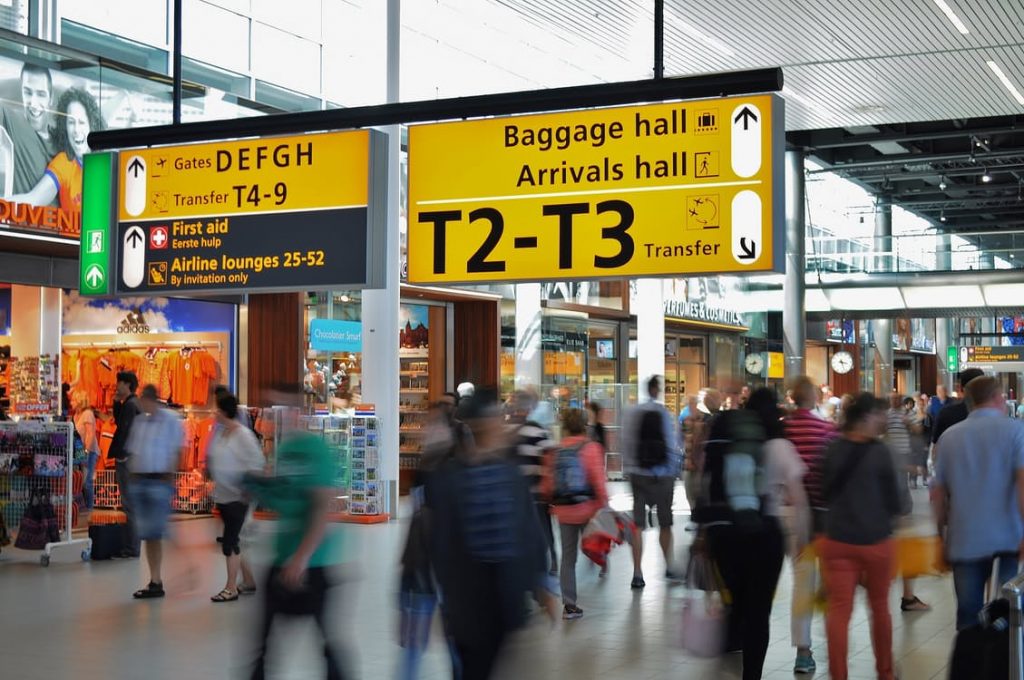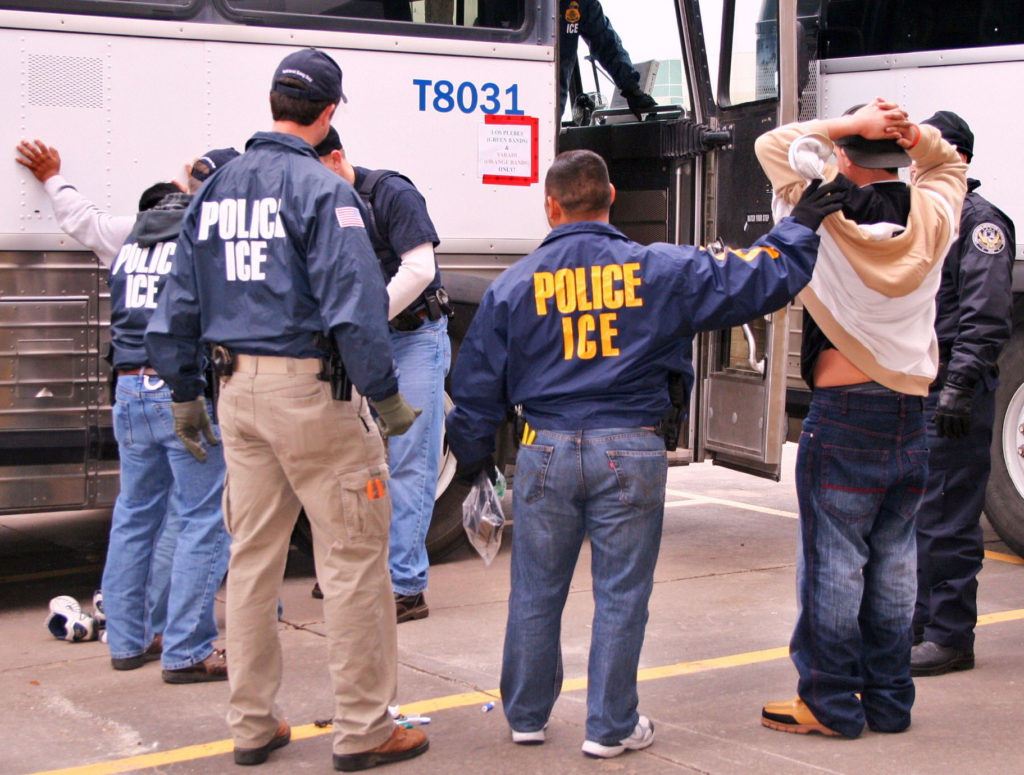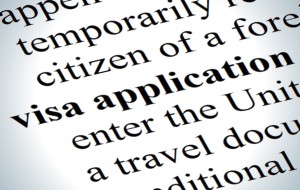The United States has been struggling with the border control crisis for many years. Border control floods the news with updates, statistics of how many illegal immigrants are still passing into the states, and the hassle of affording “the wall” as President Donald Trump plans. Amidst the disputes regarding immigration law and border control, U.S. citizens living their normal lives in Texas are having their world turned upside. Is the government in over their heads when it comes to affording a physical border? What happens to Texans that live closest to the border? The government is implementing new strategies, and the lives of some Texans will be under the government’s permission.
Affording the Border
The U.S. government’s priority with border control is eliminating, to the best of their ability, the amount of drugs, drug dealers and violence from the Mexican drug war crossing over from Mexico to the United States. For the protection of every U.S. citizen, this isn’t at all negative. However, financially, Trump plans to place high value on funding the plan to build a physical wall between Mexico and the United States.
Per mile, building the border costs approximately $17,280,000 with a total of $21.6 billion spent in a recent 1,250 mile long wall. This brings the question “Is the wall worth how much it will cost” to the forefront. With the amount of immigrants that the wall must keep out, in order for the wall to “pay for itself”, the border crisis will only create a higher national debt crisis.
Access-Keyed Gates
In addition to affording the border, there are more than just finances as stake. Texans that live furthest south of the border are dealing with the consequences of “the wall”. Along the northern bank of Rio Grande, U.S. landowners that fall below where the border wall will be built are now forced to live under the permission of the government.
Due to the floodplains, building directly on the borderline is restricted. This makes some properties fall on the wrong side of the wall. One landowner in Brownsville, Tx, Tim Loop, is affected with this issue.
The border control of Homeland Security plans to install monitored gates with keypads for U.S. citizens living behind the gates. A special passcode will be issued, and required for anyone who lives on U.S. land below the gate to enter when leaving their home to re-enter the country’s borders.
Although the gates will open for a time each day, Homeland Security will have final control over this. While this seems like a benefit to the rest of the United States, what happens to the protection of U.S. citizens who have owned their land for years? If they fall behind the gate, we could pose danger. There is fear of anyone holding the passcode to the gates becoming targets. The government failed to put its citizens first. There is an ethical question that remains about forcing U.S. landowners below a border and entering a passcode to gain access to the rest of the country.







